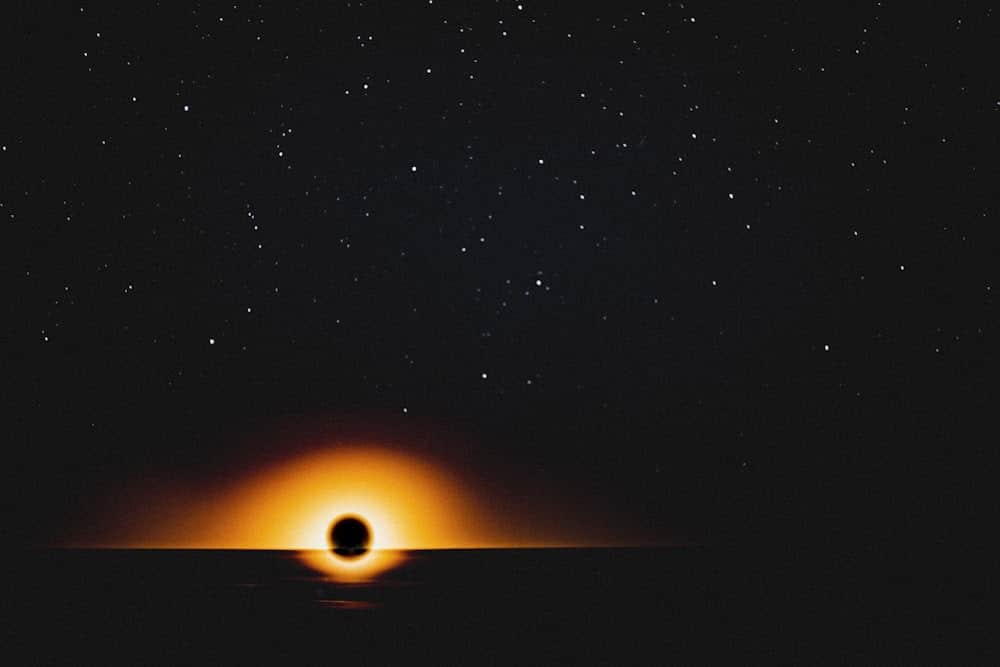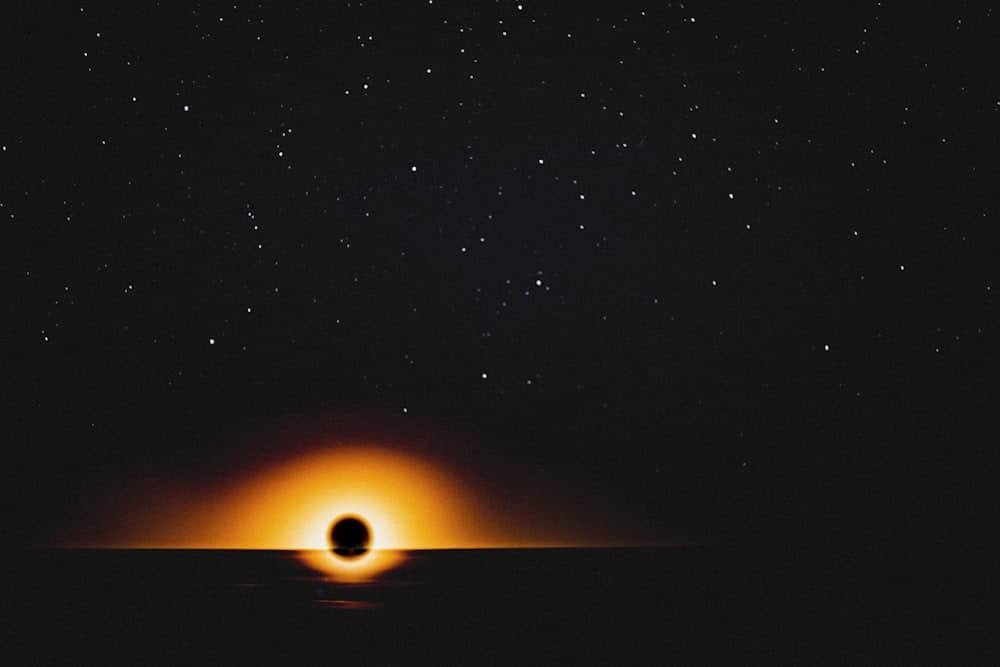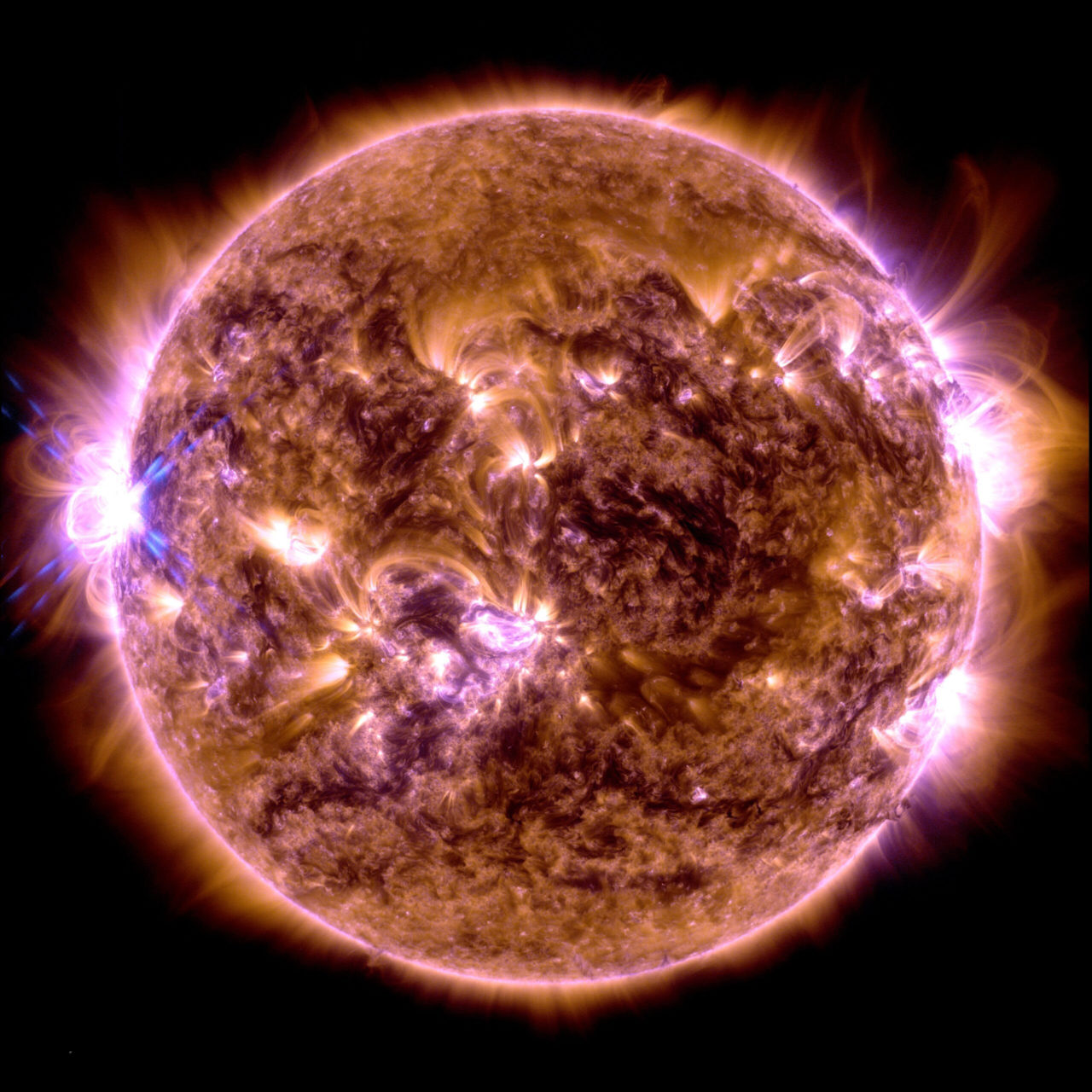
Dark matter, according to astrophysicists, is a form of matter, still theoretical, that constitutes about 85% of the matter in the universe.
The existence of this invisible force is implied by a variety of observations in the universe, including gravitational effects that cannot be explained by accepted theories of gravity. Since dark matter does not appear to absorb, reflect, or emit electromagnetic radiation, it has so far proved impossible to measure or provide definitive proof of its existence.
Particle physicists at the University of California, Riverside have published a study and believe that dark matter could be explained by the existence of a new dimension of space-time.
In a research paper published in the Journal of High Energy Physics, a team of UC Riverside physicists say the presence of a fourth dimension could explain the existence of dark matter and why it remains invisible.
The researchers state, “Our observed universe has three dimensions of space. We propose that there may be a fourth dimension.
Dr.Tanedo
This extra dimension could explain why dark matter has been so well hidden from our attempts to study it in the laboratory,” says Dr. Philippe Tanedo, assistant professor of physics and astronomy at UC Riverside and co-author of the new study, in a press release.
Since the 19th century, the theory of the fourth dimension

Previously, the hypothesis of a new dimension, the existence of invisible forces has long been theorized.
The first to suggest it was the physicist, mathematician and engineer William Thomson in 1884.
The mathematician William Thomson estimated that the mass of the Milky Way differed from the mass of visible stars, concluding that “many of our stars, perhaps the great majority of them, maybe dark bodies.”
During the 20th century, scientists made numerous indirect observations to confirm Thomson’s proposed existence of “dark bodies” or the presence of some kind of invisible matter that has a significant influence on the universe.
Evidence for the existence of an invisible force comes from calculations showing that galaxies could not form or move without a large amount of invisible matter.
To date, researchers have not been able to directly detect dark matter, leading most physicists to conclude that this substance must consist of non-baryonic particles or subatomic particles with masses less than a proton.
The circumstantial evidence, however, was strong enough to lead most of the scientific community to generally accept the existence of dark matter (and four dimensions, in fact: AT LEAST four).
“We live in an ocean of dark matter, but we know very little about what that might be,” Tanedo said. “It’s one of the most irritating known unknowns in nature. We know it exists, but we don’t know how to look for it, or why it doesn’t appear where we expect it to.”
In this paper, Tanedo and his colleagues suggest that dark matter particles do not behave like particles.

“The goal of my research program over the past two years has been to extend the idea of dark matter” talking “too dark forces,” Tanedo said in the UC Riverside press release.
“Over the past decade, physicists have realized that in addition to dark matter, other hidden dark forces may govern dark matter interactions. Confirming their existence could completely rewrite the rules of the dark matter search.”
Tanedo goes on to say that the workings of the “dark forces” can be described mathematically by a theory that includes an additional fourth dimension.
In fact, dark matter would appear as a continuous sequence of adjacent particles in this fourth dimension. This would explain how dark matter is responsible for some of the curious behaviour observed in small galaxies.
While the existence of a new fourth dimension sounds sensational, Tanedo says that extra dimensions are just a mathematical trick to describe even ordinary theories.
In any case, the idea that existence consists of one or even more extra dimensions is also commonly raised in string theory or the holographic universe.
Previous examinations of dark matter have mainly focused on theories explaining behaviours similar to those of visible particles. Tanedo and his fellow researchers say their new approach to the fourth dimension explores new possibilities not previously considered.
Observations of the revolution curves of stars around the center of their galaxy show that they rotate too fast based on Newton’s law of gravitation or on the mass deduced from the luminosity of galaxies. The most likely is that there is hidden non-luminous matter, dark matter.

The proposed theory predicts that invisible particles can be described by an infinite number of different particles with different masses, called continua.
Scientists say that the continuum force of these invisible particles would be very different from the forces perceived by ordinary matter. “For the gravitational or electric force that I teach in my introductory physics class when you double the distance between two particles, you reduce the force by a factor of four.
A continuous force, on the other hand, is reduced by a factor of up to eight,” Tanedo explained.
The researchers led by Tanedo said she plans to continue to expand her theory by exploring a “black photon” model.
“This is a more realistic picture of the dark force,” Tanedo said. “Black photons have been studied in detail, but our fourth-dimensional structure holds some surprises. We will also look at the cosmology of dark forces and the physics of black holes.




